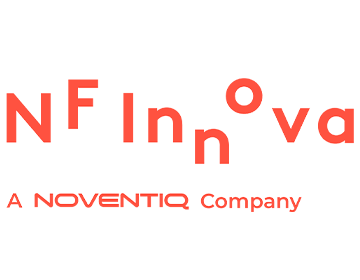Every bank went through implementation of several solutions for different customer segments and different digital channels.
Still today many banks are operating several applications to support digital channels for different client segments. They use different solutions for web retail banking and mobile retail banking, for web corporate banking and mobile corporate, for private banking and SME banking and so on.
For each channel and each segment there is a separate solution and in average banks’ IT runs five to ten different solutions only for digital channels.
Banks’ information systems combine and integrate between 50 and 6.000 different applications, depending on the size and purpose of the bank. Just integrating, synchronizing, and maintaining banking applications is a huge job for IT organizations.
IT organizations in banks are even developing a few of the applications themselves (“for competitive advantage”) which is increasing the backlog and pressure on IT people. IT organization is leading digital transformation in many banks and they are late with maintaining existing applications, late in developing new features, late with introducing innovation and late with transformation. And every day there are new requirements popping up on desks of IT staff.
That way many banks end up with several ways to do operation with different processes underneath for the same products and services and with banking information system based on spaghetti architecture. It slowly leads to a very expensive and complicated operation and information disaster.
3rd Party Platform
If a bank decides for a new 3rd party platform for digital banking they keep their core banking solution and integrate the new 3rd party platform that takes over complete communication and collaboration with clients through all digital channels. It is one platform for all channels and segments.
The implementation of properly selected 3rd party platform for digital banking takes 6 months to 1 year depending on complexity of banks’ operation. To overcome limitations of the core banking solution the new digital banking platform must provide easy API integration with core and other application (risk, security) and workflow automation.
New platform will reduce the load on IT organization and enable further innovation. The next step is to integrate (or replace and implement) from as few as 50 up to 6000 applications that are a part of the information system of the bank.
For instance if the payment system method is not in real time and is too expensive, the bank can replace it with a new one or integrate solutions offered by fintechs or modern systems. Reducing costs and increasing speed of payments, banks will satisfy requirements of new clients and increase banks’ competitiveness. Banks need to choose a digital banking platform which satisfies most important characteristics of digital banking and offer real value for the clients through digital channels.
Banks must replace old and expensive 3rd party connections and methods for financial services with more efficient digital ones. Fintense is such a platform for digital banking which supports and speeds up digital transformation of a bank. The other part of digital transformation of any bank includes organizational steps, new decisionmaking charts in operation which are a combination of the AI rules, algorithms and controlling processes. It includes access security, data security and new legal aspects of digital economy. New designs of digital processes in HR with main concern how to assess, select and hire digital talents, to name a few.
Our team of experts, which boasts extensive experience in developing and implementing digital strategies for banks, decided to create a handbook.
We trust that you’ll identify potential next actions for your digital transformation within the document.

Branislav Vujovic
President of the Supervisory Board

